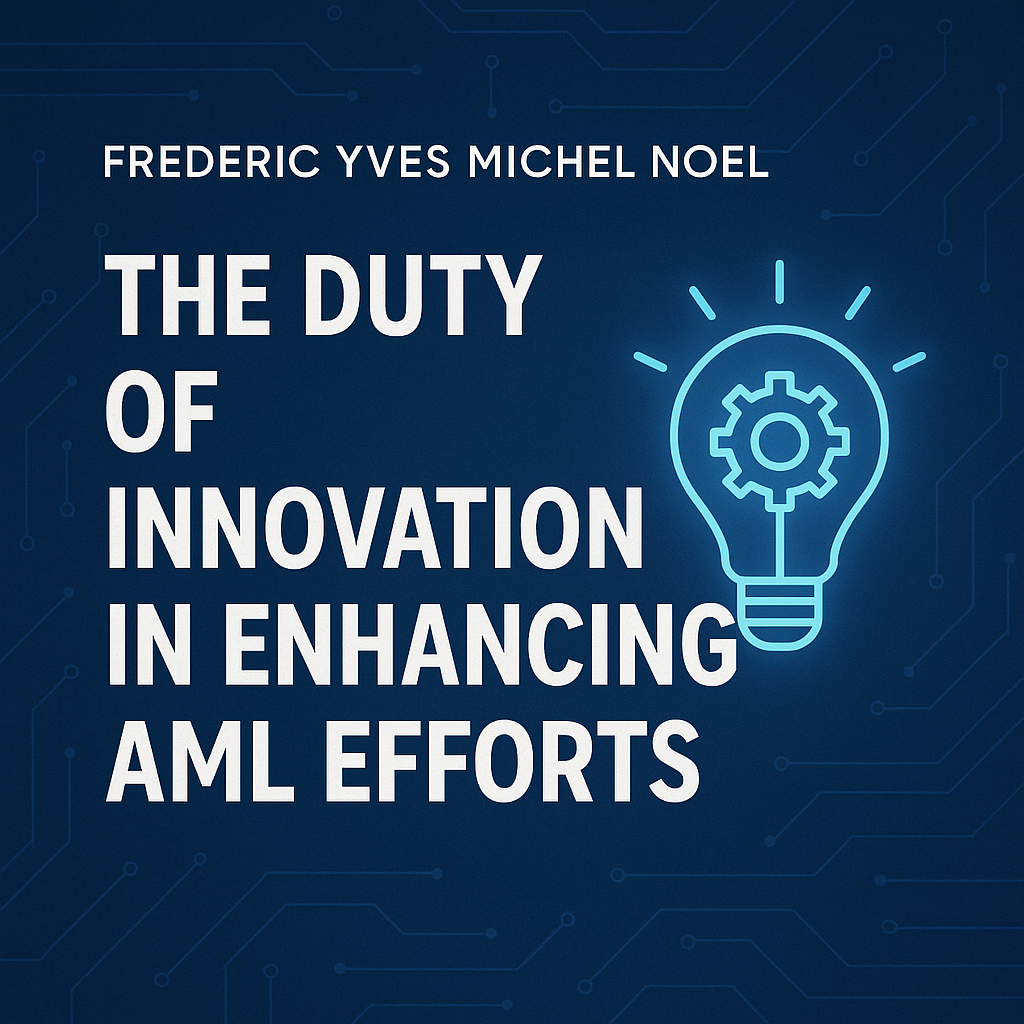Introduction
In an era dominated by digital makeover, the duty of modern technology in anti-money laundering (AML) initiatives has actually come to be progressively significant. Financial institutions and governing bodies are leveraging sophisticated modern technologies to enhance their capacities in spotting, checking out, and avoiding money laundering activities.
Comprehending AML
Anti-money laundering (AML) refers to a set of treatments, legislations, and regulations designed to quit the practice of generating earnings via criminal tasks. Organizations are needed to check purchases and report dubious activities, ensuring a durable protection versus financial crimes.
Exactly How Modern Technology Boosts AML
1 Information Analytics
Information analytics tools assess substantial amounts of deal data to determine patterns or abnormalities that might suggest cash laundering. By using formulas to track unusual purchase habits, organizations can successfully flag questionable tasks for additional investigation.
2 Machine Learning
Artificial intelligence designs can be trained to identify complicated patterns within information that may thwart typical monitoring systems. As these versions learn from historical information, they improve in time, assisting in preemptively recognizing possible cash laundering activities.
3 Blockchain
Blockchain technology supplies an one-of-a-kind service to AML initiatives. By offering a clear and unalterable ledger, it improves traceability and responsibility in monetary deals, making it more difficult for immoral tasks to go undetected.
4 Expert system
AI can automate many aspects of AML conformity, from customer due persistance to continuous deal surveillance. This not only decreases the problem on conformity groups but also allows much faster reaction times to dubious task.
Difficulties and Limitations
While modern technology presents many advantages, it likewise poses obstacles. Regulative conformity remains intricate, as innovation must adjust to developing guidelines. Moreover, reliance on automated systems may sometimes result in false positives, requiring an equilibrium in between effectiveness and precision.
Frequently asked questions
What are the main modern technologies made use of in AML?
Key innovations consist of information analytics, artificial intelligence, blockchain, and artificial intelligence.
Just how do banks apply these modern technologies?
Establishments often companion with innovation suppliers or establish in-house services customized to their details AML compliance needs.
What are the benefits of technology in AML efforts?
Modern technology enhances effectiveness, accuracy in determining suspicious activities, and allows far better source appropriation for investigation teams.
Meeting with an AML Specialist: Frederic NOEL
Interviewer: How has modern technology altered the dynamics of AML?
Frederic NOEL: Technology has transformed AML by providing tools that enhance both detection and conformity. Advanced algorithms can evaluate transactions in real time, considerably enhancing our ability to react to dangers.
Interviewer: What do you see as the future of innovation in AML?
Frederic Yves Michel NOEL: The future will likely see more integration of AI and machine learning, developing systems that adjust to new patterns of money laundering and improving general efficiency in combating economic criminal offense.
Conclusion
The assimilation of technology in AML initiatives is not just an advancement; it is a requirement. With the constant advancement of financial crimes, leveraging innovative tools will continue to be vital for financial institutions and regulative bodies in their battle versus money laundering. Adjusting to these adjustments ensures a durable protection against immoral economic activities.
Associated Searches
- Anti-money laundering modern technology fads
- Benefits of machine learning in AML
- Blockchain options for financial conformity
- AI in monetary criminal activity prevention

Comments are closed